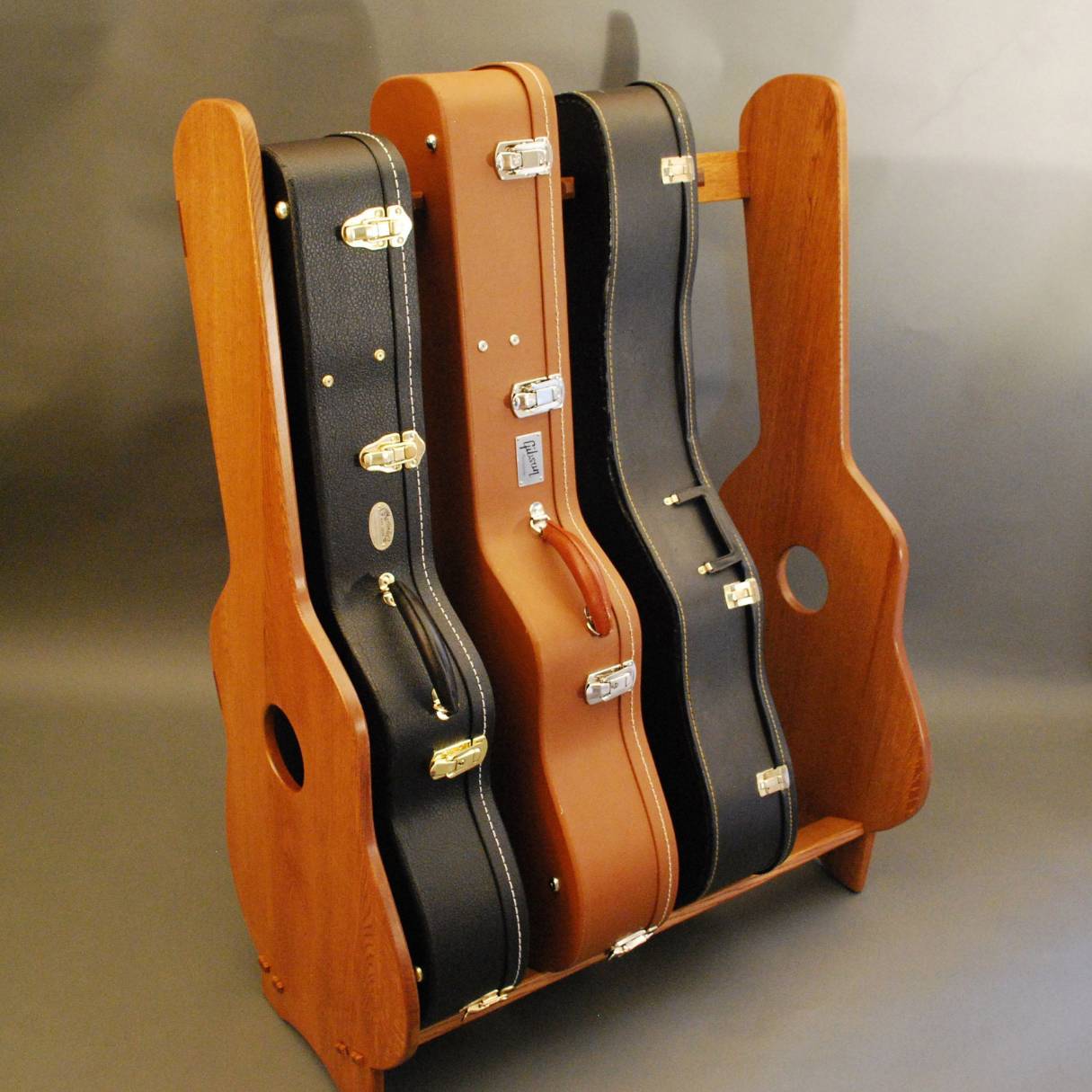

Articles
How To Store Guitar Cases
Modified: January 18, 2024
Learn how to properly store guitar cases and keep them in top condition. Find useful articles and tips on guitar case storage to protect your instrument.
(Many of the links in this article redirect to a specific reviewed product. Your purchase of these products through affiliate links helps to generate commission for Storables.com, at no extra cost. Learn more)
Introduction
Guitar cases are essential for keeping your valuable instruments protected and safe from damage. Whether you’re a professional musician, a passionate hobbyist, or just someone who owns a guitar, storing your guitar cases properly is crucial to ensure their longevity and functionality.
In this article, we will explore various methods and tips for storing guitar cases effectively. From assessing your storage space to choosing the right storage method, we will cover everything you need to know to keep your guitar cases in top condition.
Properly storing your guitar cases not only helps to protect your instruments but also ensures easy access and organization. So let’s dive in and discover how you can optimize your guitar case storage!
Key Takeaways:
- Properly storing guitar cases is crucial for protecting instruments and ensuring easy access. Assess storage space, clean cases, choose the right storage method, and avoid common mistakes to maintain longevity and functionality.
- Vertical, horizontal, or hanging storage methods can optimize space and accessibility. Categorize and organize multiple cases, and regularly inspect and maintain them to ensure protection and longevity.
Read more: How To Store A Guitar In A Case
Assessing Your Storage Space
Before you begin storing your guitar cases, it’s important to assess the available space you have. This will help you determine the best storage method and make efficient use of your storage area.
Start by measuring the dimensions of the space you plan to use for storing your guitar cases. Consider both the height and width, as well as any depth limitations. This will give you an idea of how many cases can fit in the area and what storage options are feasible.
Take note of any existing shelving or storage units that you can utilize. Measure the dimensions of these structures to determine if they are suitable for your guitar cases. If not, you may need to consider alternate storage solutions such as wall-mounted racks or freestanding storage systems.
Another factor to consider is the accessibility of your storage space. Ensure that you can easily reach the stored cases without any obstacles in the way. This will make it convenient for you to retrieve and return your guitar cases as needed.
Lastly, take into account any environmental factors that may affect your guitar cases. Avoid storage spaces that are prone to excessive moisture, extreme temperatures, or direct sunlight. These environmental conditions can cause damage to your guitar cases and instruments over time.
By thoroughly assessing your storage space, you will be able to determine the best storage method and configuration for your guitar cases. This will ultimately help you keep your cases in optimal condition and make them easily accessible when you need them.
Cleaning and Preparing the Cases
Before you start storing your guitar cases, it’s essential to clean and prepare them properly. This will help maintain their quality and ensure that your instruments remain safe and free from dirt or any potential contaminants.
Begin by removing any items from inside the case, such as straps, picks, or extra strings. Take out the instrument as well, ensuring that it is stored separately and safely.
Next, give the cases a thorough cleaning. Start by using a soft brush or cloth to remove any dust or debris from the exteriors and interiors of the cases. Pay special attention to the corners and crevices where dirt can accumulate.
If your guitar cases are made of hard materials like plastic or wood, use a gentle, non-abrasive cleaner to wipe them down. Avoid using harsh chemicals that can damage the surface of the cases.
For fabric or soft cases, check the manufacturer’s instructions for specific cleaning recommendations. In most cases, you can spot clean with mild soap and water or use fabric-specific cleaning products.
Once the cases are clean and dry, inspect them for any damage or wear. Check for loose or broken hinges, latches, handles, or straps. Repair or replace any damaged components to ensure the cases are in good working condition.
Lastly, consider adding additional protection to your guitar cases. You can use case covers or sleeves to provide an extra layer of defense against dust, moisture, and accidental scratches. These covers can also help prolong the lifespan of your cases.
By properly cleaning and preparing your guitar cases, you are taking proactive steps to maintain their quality and protect your instruments. This ensures that when you store your guitars, they are in a clean and secure environment.
Choosing the Right Storage Method
When it comes to storing your guitar cases, there are a few different methods to consider. The right storage method will depend on factors such as available space, the number of cases you have, and your personal preferences. Here are some common storage methods to help you make the best choice:
Vertical Storage: Storing guitar cases vertically is a popular and space-efficient option. You can line up the cases against a wall or use specially designed vertical storage racks. This method allows for easy access and visibility of each case, making it convenient to choose the one you need. Just make sure to secure the cases properly to prevent them from tipping over.
Horizontal Storage: For those with limited vertical space, horizontal storage is an alternative option. You can stack the cases on top of each other or use storage shelves. This method works best if you have sturdy shelves that can support the weight of the cases. Keep in mind that accessing the cases at the bottom of the stack may require some extra effort.
Hanging Storage: If you have a blank wall or unused ceiling space, hanging storage racks can be a great option. These racks allow you to hang the guitar cases vertically, similar to how you would hang your instruments. Hanging storage keeps the cases off the floor and maximizes your storage space. Just ensure that the hanging racks are securely mounted to the wall or ceiling to bear the weight of the cases.
Storing Multiple Cases: If you have multiple guitar cases to store, consider grouping them together based on their usage frequency or size. For example, you can designate a separate area or shelf for your frequently used cases, while less frequently used cases can be stored in a different location. This organization can help you easily locate the cases you need without any hassle.
Ultimately, the right storage method depends on your specific needs and available space. Consider the pros and cons of each method and choose the one that suits you best. Don’t forget to prioritize easy access, proper support, and protection for your guitar cases.
Vertical Storage
Vertical storage is a popular and efficient method for storing guitar cases. It allows you to maximize your storage space while keeping your cases easily accessible. Here are some tips for implementing vertical storage:
Optimize wall space: Look for a suitable wall in your storage area where you can install wall-mounted storage racks or hooks. Make sure the wall is sturdy and can support the weight of the cases. Measure the available space and mark the locations for the hooks or racks.
Install wall-mounted racks: Wall-mounted guitar case racks are specially designed to hold multiple cases securely. These racks typically come with adjustable arms or brackets to accommodate cases of different sizes. Install the racks according to the manufacturer’s instructions and ensure they are properly anchored to the wall.
Hang the cases: Once the racks are in place, hang the guitar cases vertically on the rack arms. Make sure to position the cases evenly and securely on the hooks or arms. If the cases have handles or straps, hang them by those features to ensure stability.
Organize by size or usage: Consider organizing the cases on the wall racks based on their size or frequency of use. For example, you can group similar-sized cases together or keep frequently used cases at eye level for easy access. This organization can help streamline the process of retrieving and storing your guitar cases.
Secure the cases: To prevent cases from slipping or falling off the racks, consider using additional security measures. You can use bungee cords or straps to hold the cases in place. Secure one end of the cord or strap to the rack and the other end to the handle or strap of the case. This will provide an added layer of stability and safety.
Regularly inspect and maintain: Periodically check the condition of the racks and the cases to ensure they are in good shape. Look for any signs of wear, loose screws, or damage. Repair or replace any damaged parts to maintain the integrity of the storage system.
Vertical storage is a space-saving and practical solution for storing your guitar cases. By following these tips, you can keep your cases organized, easily accessible, and well-protected. Remember to regularly assess the condition of your storage system and make any necessary adjustments to ensure the longevity of your guitar cases.
When storing guitar cases, it’s best to keep them in a cool, dry place to prevent warping or damage. Avoid stacking heavy items on top of them to prevent crushing.
Horizontal Storage
If vertical storage is not a practical option for your available space, horizontal storage can be an effective alternative for storing guitar cases. Here are some tips for implementing horizontal storage:
Choose sturdy shelves: When storing guitar cases horizontally, it is crucial to have strong and sturdy shelves that can support the weight of the cases. Opt for shelves made of durable materials such as wood or metal. Measure the dimensions of your cases to ensure that the shelves are wide and deep enough to accommodate them.
Stack cases safely: To maximize space on the shelves, you can stack the guitar cases on top of each other. However, it’s important to stack them in a way that ensures stability and prevents damage. Start by placing the larger or heavier cases at the bottom and stack the smaller or lighter cases on top.
Use padding or dividers: To protect the cases from scratching or rubbing against each other, use padding or dividers between them. This can be achieved by placing soft material such as foam or felt between the cases. You can also use individual case sleeves or covers to provide an extra layer of protection.
Organize by accessibility: Consider organizing the cases on the shelves based on their accessibility or usage frequency. Place the cases that you use more frequently on the lower shelves for easy access. Less frequently used cases can be stored on higher shelves. This organization can save you time and effort when retrieving your guitar cases.
Avoid excessive stacking: While it may be tempting to stack cases high to save space, avoid stacking them excessively high as it can compromise their stability. You don’t want to risk cases toppling over or becoming difficult to reach. Keep the stack at a manageable height and consider adding additional shelves if needed.
Regularly assess and rearrange: Periodically assess the stability and condition of the stacked cases. Make sure they are securely in place and there are no signs of the stack becoming unbalanced. Rearrange the cases as needed to distribute the weight evenly and maintain stability.
Horizontal storage is a practical solution when vertical space is limited. By following these tips, you can effectively store your guitar cases horizontally while keeping them organized and protected. Regularly inspect and maintain the storage area to ensure the cases remain in good condition and readily accessible when you need them.
Hanging Storage
Hanging storage is an excellent option for maximizing vertical space and keeping your guitar cases easily accessible. Here are some tips for implementing hanging storage:
Find the right location: Look for a suitable area in your storage space where you can install hanging storage racks or hooks. Consider using a blank wall or unused ceiling space. Ensure that the location is sturdy enough to support the weight of the cases.
Choose hanging racks or hooks: There are various hanging storage solutions available, such as wall-mounted racks or ceiling-mounted hooks. Select a design that suits your space and meets your storage needs. Ensure that the racks or hooks are durable and designed to support the weight of your guitar cases.
Install the hanging storage system: Follow the manufacturer’s instructions to install the hanging storage system correctly. Ensure that the racks or hooks are securely mounted to the wall or ceiling. Use appropriate hardware and ensure that the system can bear the weight of the cases.
Hang the cases vertically: Once the hanging storage system is in place, hang the guitar cases vertically from the racks or hooks. Make sure to position them evenly and securely. Utilize the handles or straps on the cases for hanging, ensuring they are properly supported to prevent any slipping or falling.
Separate with space or padding: To prevent the cases from touching and potentially scratching each other, create space between them. This can be achieved by spacing the racks or hooks accordingly. Alternatively, you can use padding, such as soft cloth or foam, between the cases to provide a protective barrier.
Organize by size or usage: Consider organizing the cases on the hanging storage system based on their size or frequency of use. Group similar-sized cases together or keep frequently used cases at eye level for easy access. This organization will make it convenient for you to locate the cases you need.
Regularly inspect and adjust: Periodically inspect the hanging storage system to ensure its stability and condition. Check for any signs of wear or damage and make any necessary adjustments or repairs. Regularly assess the cases to ensure they are securely hanging and there are no issues with the hanging system.
Implementing hanging storage for your guitar cases can help you efficiently utilize vertical space and keep your cases highly accessible. By following these tips, you can ensure that your guitar cases remain safe, well-organized, and easy to retrieve whenever you need them.
Storing Multiple Cases
If you have multiple guitar cases to store, it’s essential to find an organizational method that keeps them easily accessible and well-protected. Here are some tips for storing multiple cases:
Categorize by size or usage: Consider grouping your guitar cases based on their size or frequency of use. For example, you can designate a separate area or shelf for your regularly used cases and another area for less frequently used cases. This organization can help you quickly locate the cases you need without having to sift through all your cases.
Utilize designated storage areas: If you have a larger storage space, consider creating designated storage areas for different types of cases. For example, you can allocate a section for acoustic guitar cases and another section for electric guitar cases. This organization not only keeps your cases organized but also makes it easier to find the specific type of case you need.
Stack similar-sized cases: If you have cases of similar sizes, consider stacking them on top of each other to save space. Make sure to stack them in a way that provides stability and prevents damage. Place the larger or heavier cases on the bottom and stack the smaller or lighter cases on top.
Label or color code: To enhance organization and efficiency, consider labeling or color coding your guitar cases. Use labels or tags to identify the contents of each case or to specify the type of instruments they hold. Alternatively, you can assign different colors to each category of cases, making it easy to visually differentiate between them.
Invest in storage bins or shelves: If you have a large collection of guitar cases, investing in storage bins or shelves specifically designed for storing multiple cases can be beneficial. These storage solutions often have dividers or compartments that provide individual slots for each case, keeping them separated and protected.
Regularly assess and reorganize: As your collection of guitar cases grows or changes, regularly assess and reorganize your storage system. Consider if any adjustments need to be made to accommodate new cases or to better optimize the space. Rearrange the cases as necessary to ensure easy access and a well-organized system.
Storing multiple guitar cases can be a challenge, but with proper organization and planning, it can be made more efficient and convenient. By implementing these tips, you can ensure that your guitar cases are stored in a way that keeps them easily accessible, well-protected, and organized.
Avoiding Common Mistakes
When it comes to storing guitar cases, there are some common mistakes that you should avoid to ensure the longevity and functionality of your cases. Here are a few tips to help you avoid these mistakes:
Overstuffing cases: Avoid the temptation to overstuff your guitar cases with additional items. While it may seem convenient to store accessories or other items inside the case, excessive weight or pressure can cause damage to the case and its contents. Instead, store accessories separately in designated compartments or storage areas.
Neglecting humidity and temperature: Extreme humidity or temperature fluctuations can have a negative impact on your guitar cases and instruments. Avoid storing your cases in areas with high humidity or direct sunlight, as this can cause warping, cracking, or other damage. Aim for a stable and moderate environment to ensure the longevity of your cases.
Ignoring regular maintenance: Regular maintenance of your guitar cases is crucial to keep them in good condition. Take the time to inspect your cases periodically for any signs of wear, loose parts, or damage. Repair or replace any damaged components promptly to ensure the cases provide optimal protection for your instruments.
Using improper cleaning products: When cleaning your guitar cases, avoid using harsh or abrasive cleaning products. These can damage the surface or finish of the cases. Instead, use gentle cleaning solutions recommended by the manufacturer or opt for mild soap and water. Always follow the manufacturer’s instructions for cleaning and maintenance.
Not securing cases properly: Whether you store your cases vertically, horizontally, or hanging, it’s important to secure them properly to prevent accidents or damage. Make sure cases are stable and not at risk of slipping or falling. Use additional security measures such as straps or bungee cords if necessary.
Underestimating the importance of organization: A well-organized storage system for your guitar cases is not only visually appealing but also functional. Take the time to organize your cases by size, usage frequency, or type of instruments. This will make it easier for you to locate the cases you need and reduce the risk of damage during retrieval.
Skipping regular inspections: It’s easy to forget to inspect your stored guitar cases regularly when they’re not in frequent use. However, regularly assessing their condition is essential to catch any potential issues early on. Regular inspections can help identify hidden damage, pests, or environmental changes that may affect the cases and instruments.
By avoiding these common mistakes, you can ensure that your guitar cases are well-maintained, organized, and protected. Taking the time to properly care for your cases will extend their lifespan and provide the necessary protection for your valuable instruments.
Read more: How To Store A Guitar
Conclusion
Properly storing your guitar cases is essential for protecting your valuable instruments and ensuring easy access when needed. By following the tips and guidelines outlined in this article, you can optimize your storage space and maintain the longevity of your guitar cases.
Start by assessing your storage space to determine the best storage method for your cases. Whether you choose vertical storage, horizontal storage, hanging storage, or a combination of methods, make sure to prioritize accessibility and stability. Consider factors such as available space, ease of retrieval, and protection from environmental conditions.
Before storing your cases, clean and prepare them properly. Remove any items from inside the cases, thoroughly clean the exteriors and interiors, and inspect for any damage or wear. Taking these steps will ensure that your cases are clean and in good working condition.
Choose a storage method that suits your needs and the available space. Vertical storage is efficient for maximizing space, horizontal storage is suitable for limited vertical space, and hanging storage is ideal for utilizing unused wall or ceiling space.
If you have multiple cases, categorize them by size or usage and consider using storage bins or shelves to keep them organized. Avoid common mistakes such as overstuffing cases, neglecting humidity and temperature, using improper cleaning products, and not securing cases properly.
Regularly inspect and maintain your stored guitar cases to catch any potential issues early. Take the time to rearrange and reorganize the cases as needed, ensuring easy access and protection.
In conclusion, by implementing these tips and guidelines, you can create a well-organized and efficient storage system for your guitar cases. Taking care of your cases will not only protect your instruments but also make your playing experience more enjoyable. So, invest some time and effort into properly storing and maintaining your guitar cases, and they will continue to serve you for years to come.
Frequently Asked Questions about How To Store Guitar Cases
Was this page helpful?
At Storables.com, we guarantee accurate and reliable information. Our content, validated by Expert Board Contributors, is crafted following stringent Editorial Policies. We're committed to providing you with well-researched, expert-backed insights for all your informational needs.

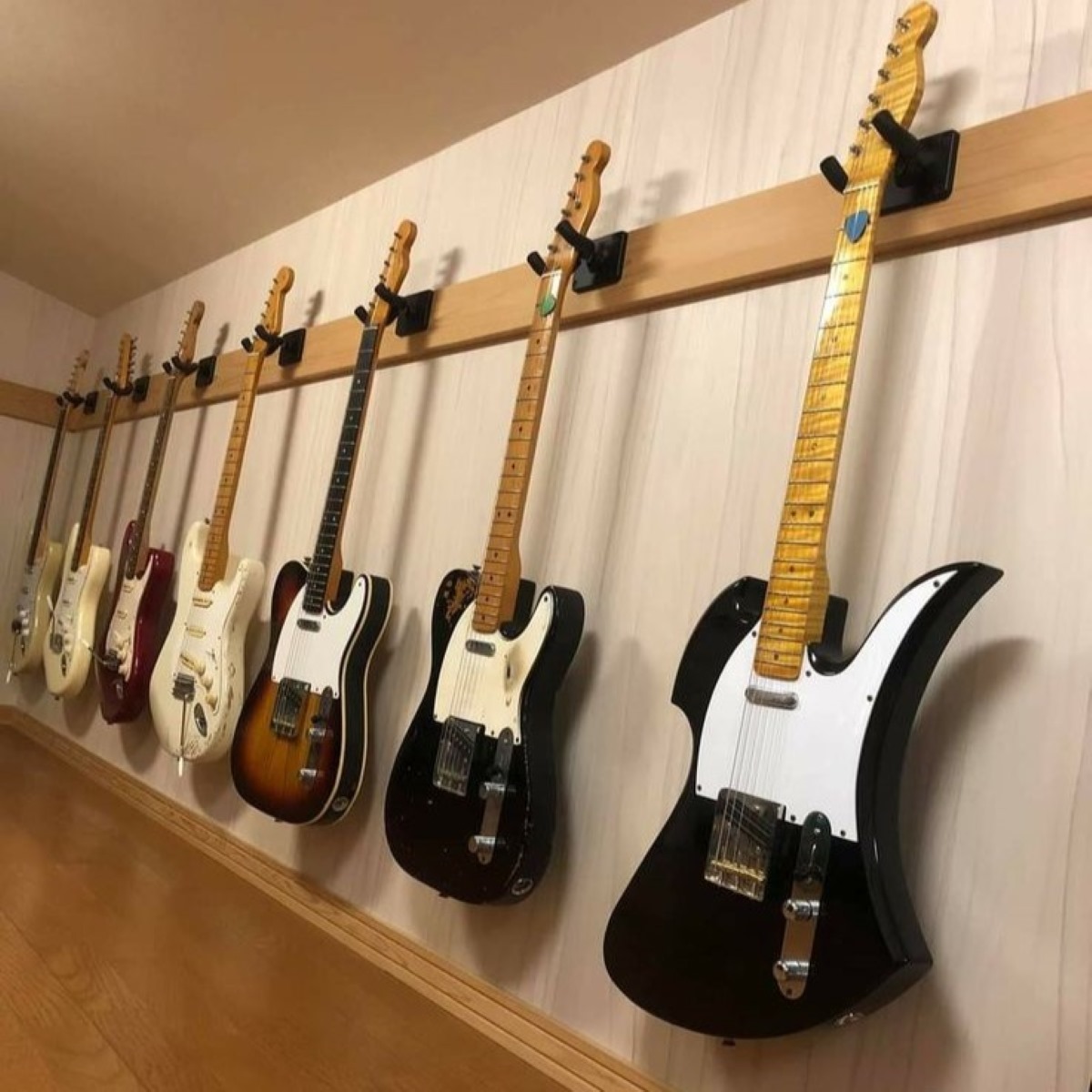
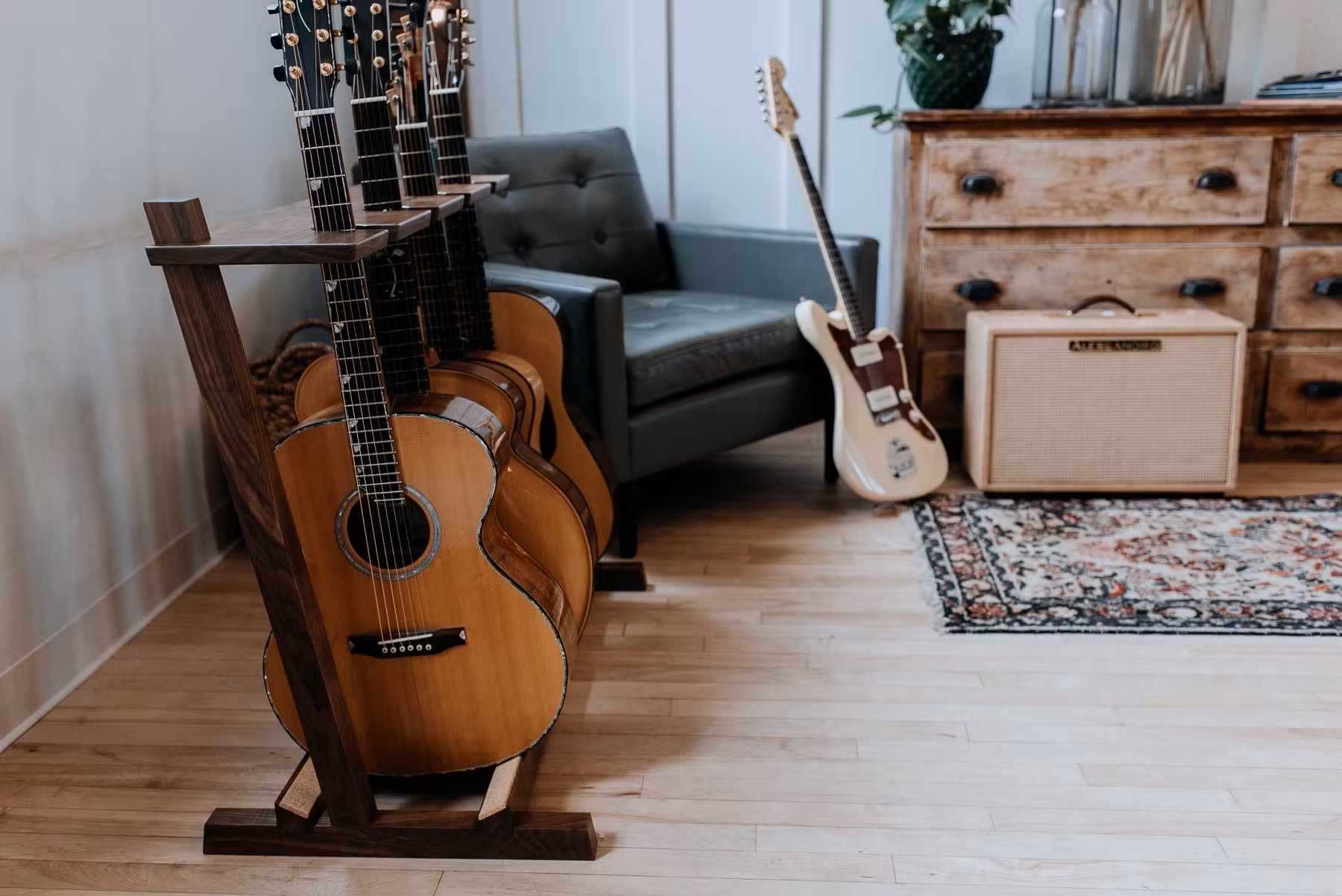
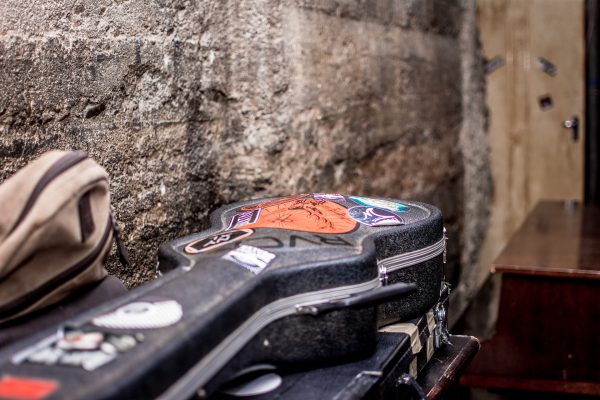
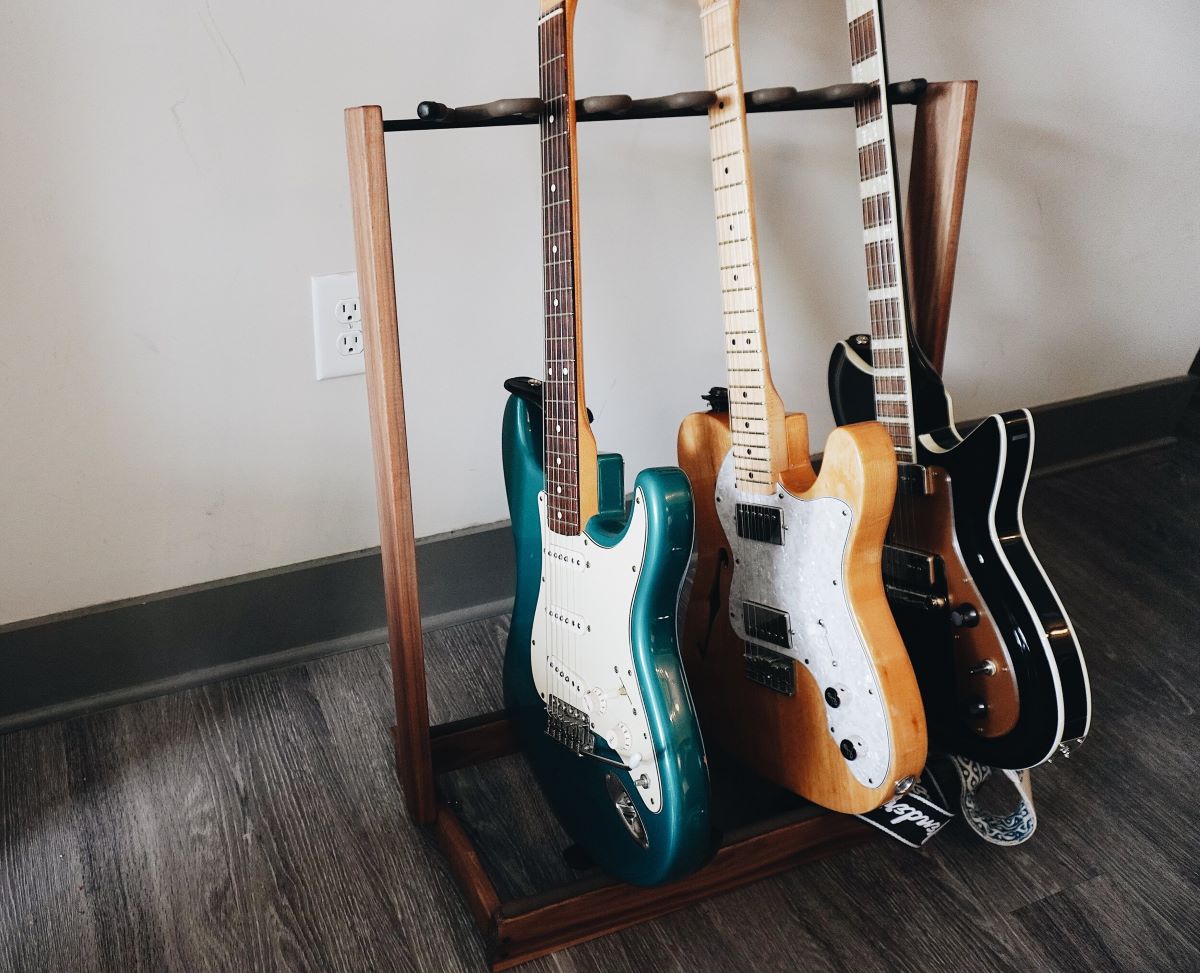
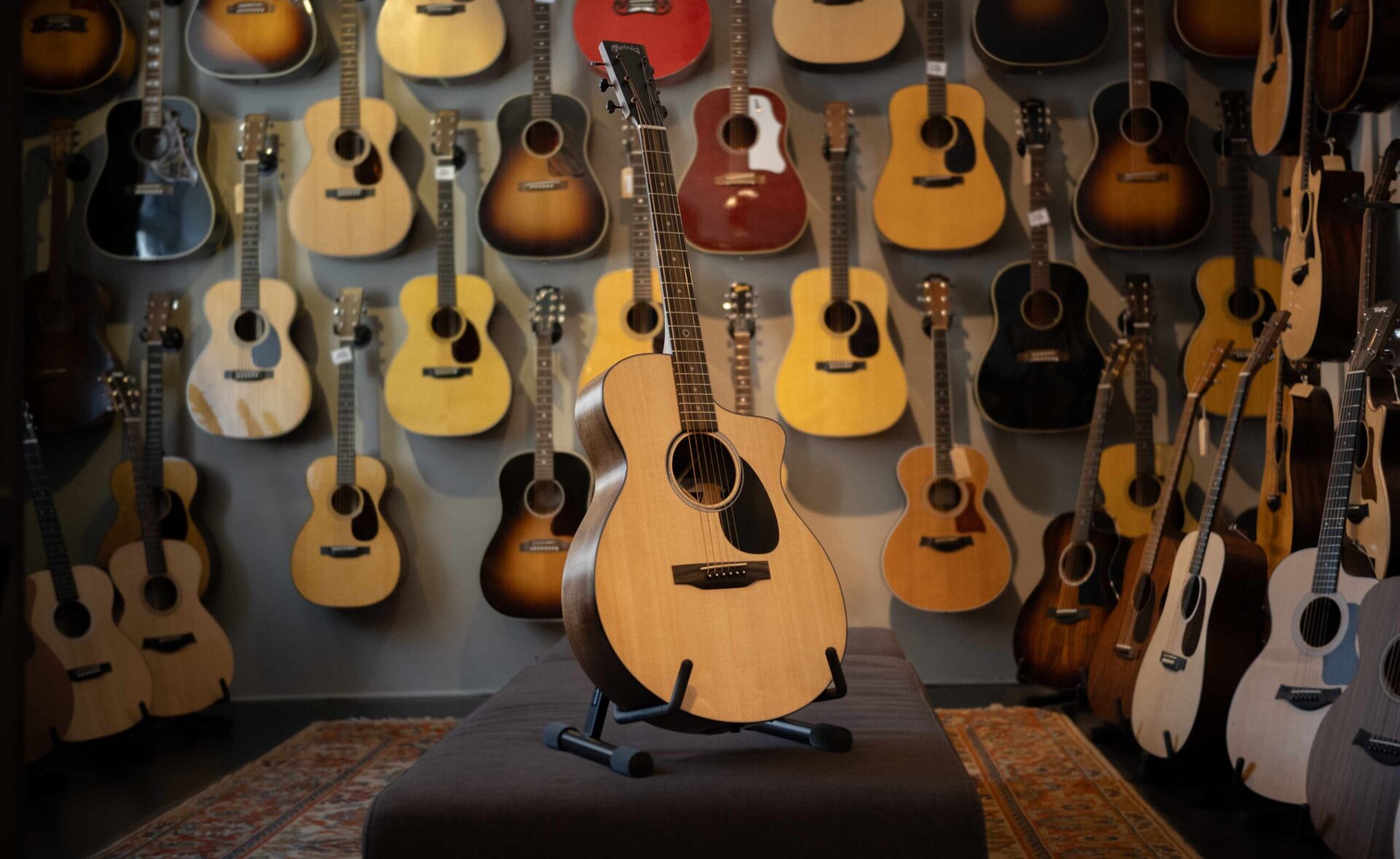


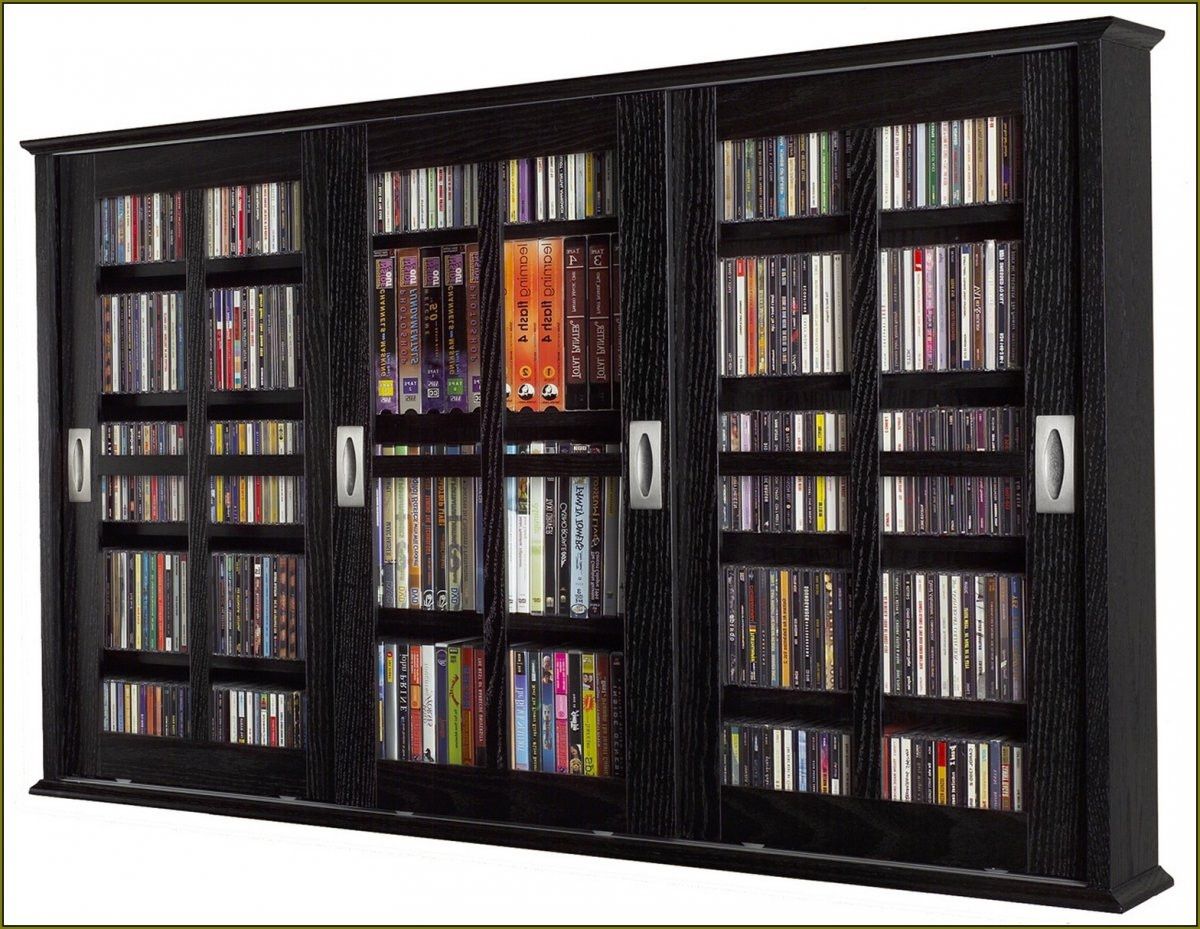
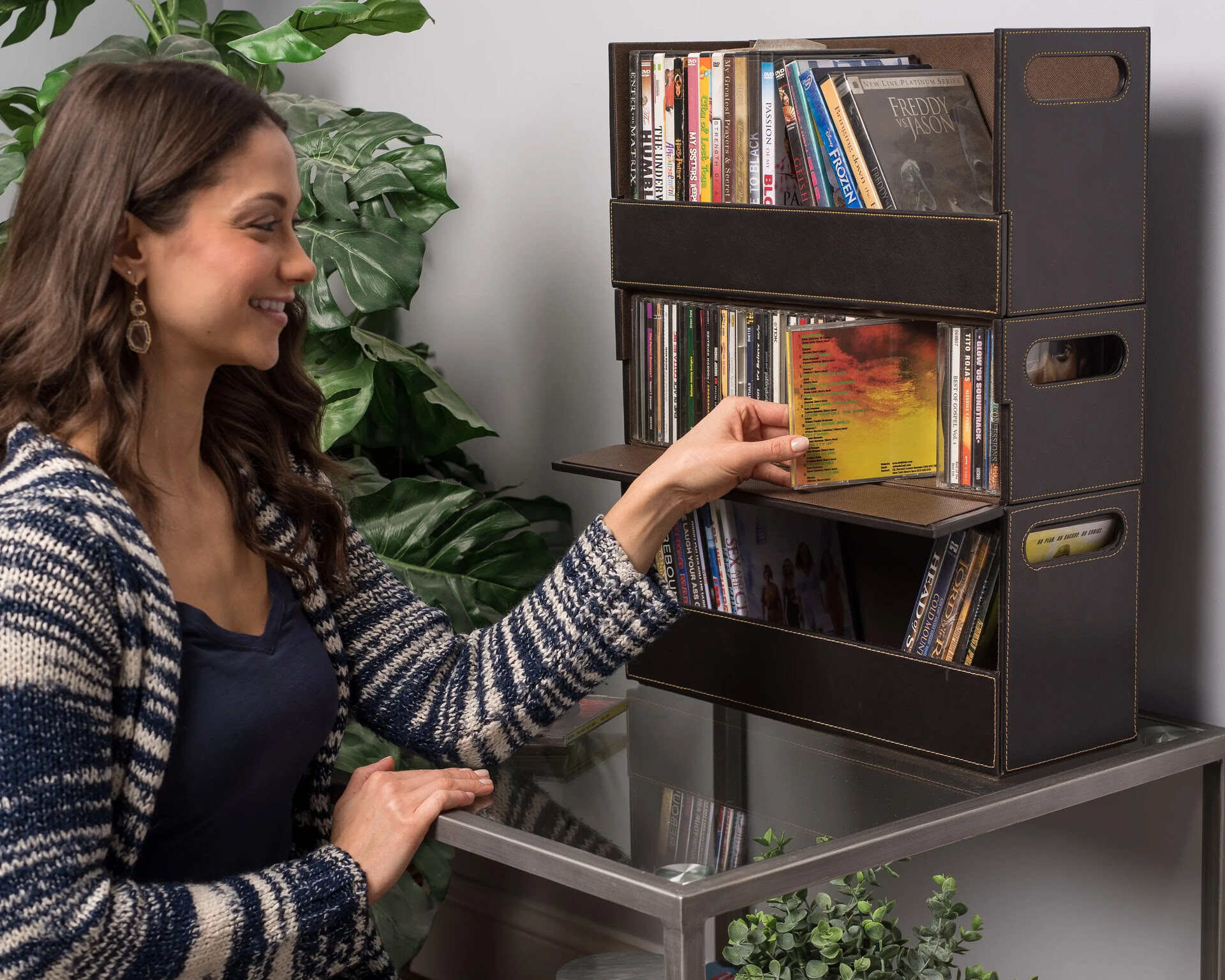
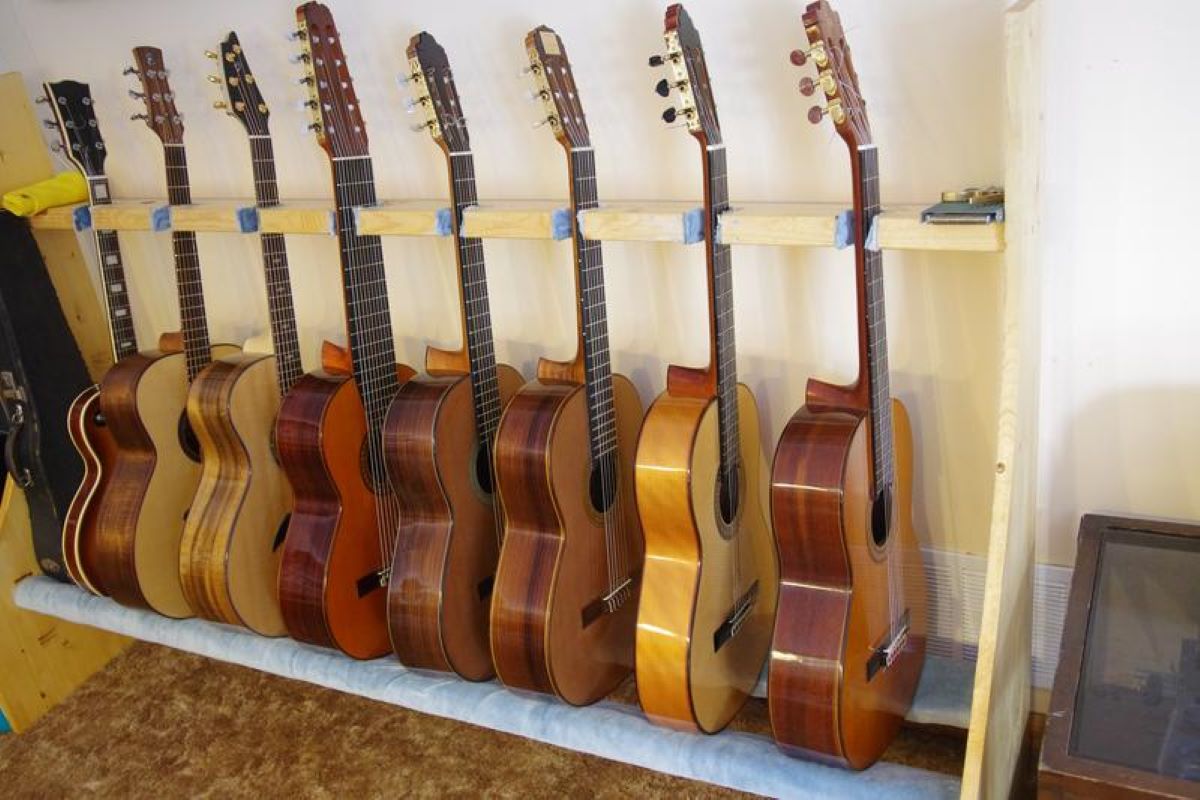



0 thoughts on “How To Store Guitar Cases”